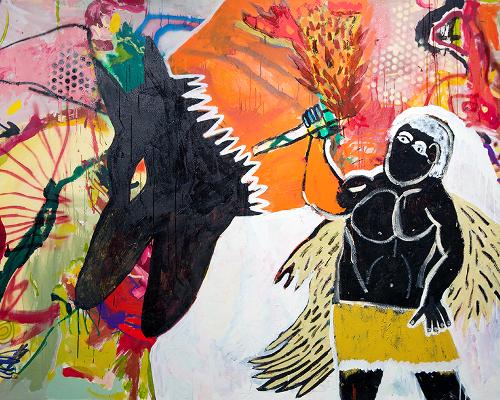From Palestine to Country: transcultural exchange beyond the settler-colony
In 1967, my grandfather had been displaced for nineteen years and an Australian citizen for eleven of those. It was a(nother) painful year to be a Palestinian: the so‑called six‑day‑war adding Naksa (setback) to Nakba (catastrophe). It was also the year my Pa was brought into acute confrontation with the Australian state, having acquired the right, and indeed obligation, to vote in the referendum to change the constitutional exclusion of First Nations peoples. But if Pa had to vote through the state, his views were less concerned with its violent intercession than with the experience of people oppressed by it. Apparently, Pa made one definitive pronouncement on that ballot: ‘I see how it is here, it’s the same as for us; the owners of this place are not wanted and they are not welcome in their own land’.












